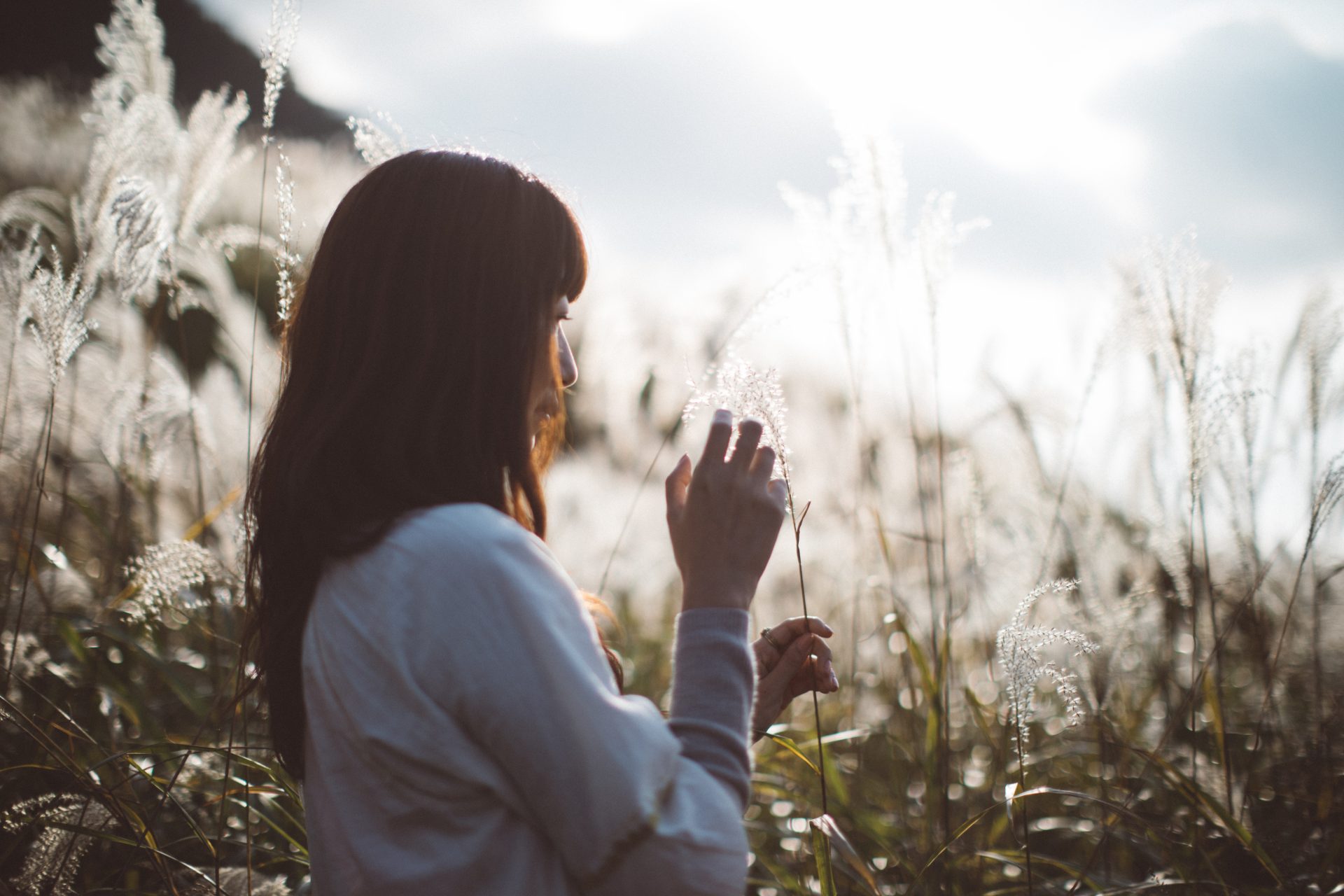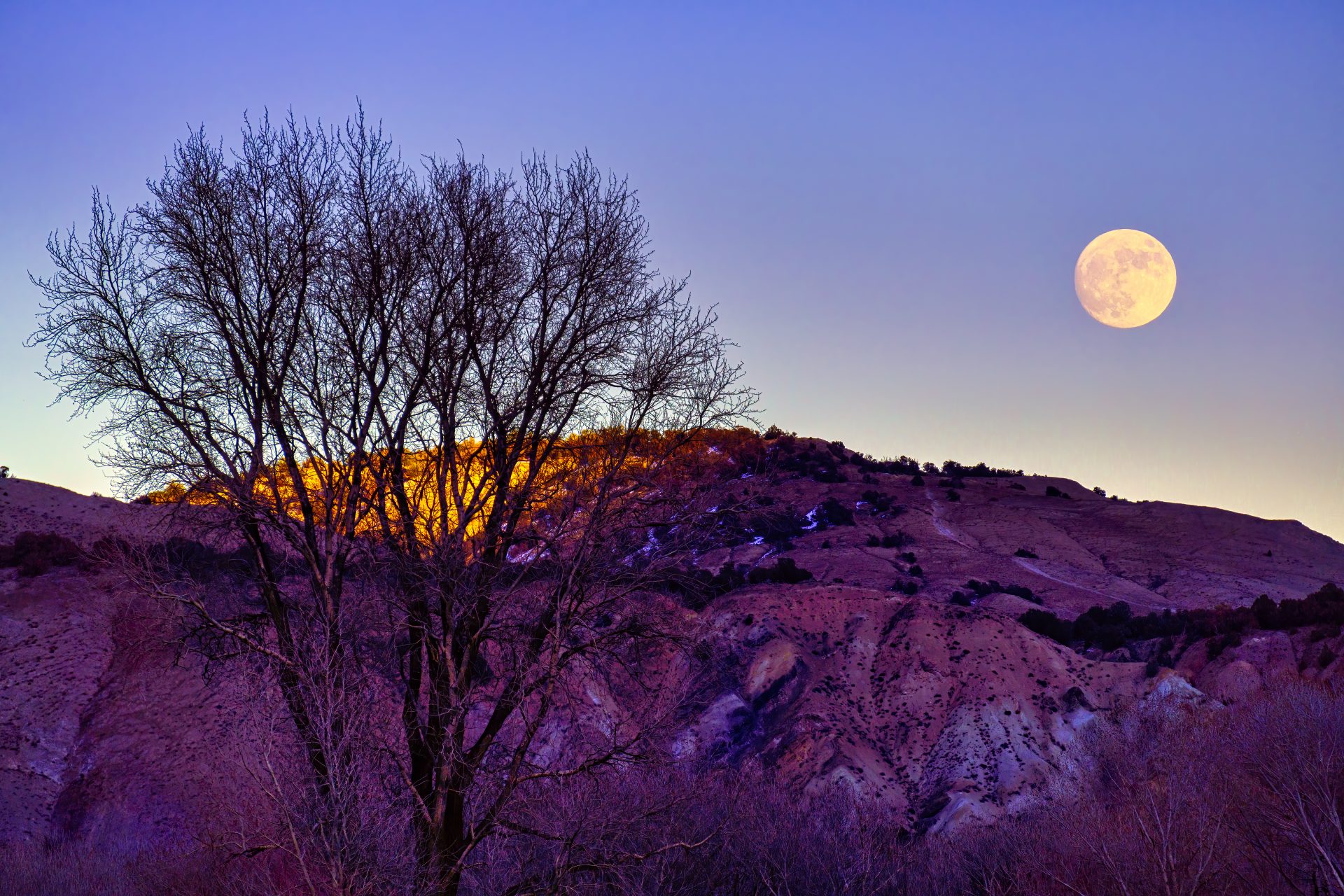Moonologists are predicting an “emotional explosion” that is “almost like the orgasm of the lunar cycle in terms of a peak in energy.”
The Hunter’s Moon – aka the first full moon after the harvest – is a super-lunar event that falls between October and November.
As well as making for striking Halloween photos (due to its positioning, the Hunter’s Moon tends to resemble something not unlike a fat pumpkin), astrologers have it pegged as a huge moment of celestial importance.
With that in mind, then, here’s everything you need to know about the Hunter’s Moon.
First things first, what is the Hunter’s Moon?
According to Native American folklore, the Hunter’s Moon – or Blood Moon, if you prefer – is so named because it coincides with the time to begin preparations for winter.
Indeed, as per The Almanac (which, incidentally, this writer owns and reads at the start of each new month), it has been named “in praise of its helpful rays, suggesting the creation of perfect hunting and slaughtering conditions”.
“Deer and livestock have fattened up over the summer, making October the time to hunt, slaughter and stock up on meat for winter,” the book explains. “The combination of the leaves starting to fall from the trees and the bright light of a full moon would have made for a particularly excellent hunting night.”
The Hunter’s Moon is also, the book suggests, the ideal time for harvesting those final crops. Then, once your fruit and vegetables are ready for storage, you should fertilise and mulch the soil in preparation for next year.
When will the Hunter’s Moon be visible?
The Hunter’s Moon is usually in October, but in some years falls in early November. This year, though, it will rise on 20 October for most of the world.
Here in the UK, it is set to peak at about 3:56pm, which might prove confusing to some: after all, how are we expected to see the moon during the daytime? Well, it’s because the full moon alignment happens at one specific moment in time, irrespective of the time of day in any particular location. And, since half of our planet always faces the sun, a full moon will always occur during the day in some locations, while it is night in others.
“The moon looks fully illuminated for some days before and after the actual alignment, during the late stages of the Waxing Gibbous Moon and the beginning of the Waning Gibbous Moon,” Konstantin Bikos explains via Time And Date.
“Therefore, weather permitting, everyone on earth will see a fully illuminated moon in the nights surrounding the full moon alignment, even though only 98% or 99% of the visible half of the Moon may be illuminated.”
If you want to see the Hunter’s Moon in all its glory, then, be sure to check out Time And Date’s Moon Phase chart, which shows the actual illumination percentage for a moment of your choice, as well as a realistic live animation of the current moon phase.
How will the Hunter’s Moon affect your zodiac sign?
Well, it depends on if you put much stock in the zodiac or not. If you’re anti-astrology, it probably won’t have much of an effect at all (although research suggests that deep sleep is, on average, 30% decreased around the time of a full moon).
For those who are into their horoscopes, though, it’s worth noting that full moons always represent completion and fulfilment – albeit after the “emotional explosion” that is “almost like the orgasm of the lunar cycle in terms of a peak in energy,” of course.
As moonologist and bestselling author Yasmin Boland explains: “This is the peak time of the lunar cycle, and it is at this point that you should take a moment to see what’s happened in the last two weeks and check in with your intentions.”
Once the full moon is over (it usually lasts for a few days), the moon goes into the waning cycle, growing smaller in the sky every night until the next new moon two weeks later.
“The key word for the waning cycle, from full moon to new moon, is surrender,” says Yasmin. “It’s about connecting to the divine and your higher self, as well as letting go, releasing and coming to terms with things, making peace, sharing your knowledge and generally going a little bit easier on yourself. It’s not necessarily the time to start new projects – that’s the waxing cycle.
“The waning cycle is very much about letting things go and looking at what didn’t work out.”
How can we harness the energy of the Hunter’s Moon?
“I encourage my students and clients to do ‘the full moon forgiveness practice’, where they reflect on any upsets they’ve built up over the course of a month,” Boland tells Stylist.
“Usually there’s someone to forgive, whether it’s ourselves, or someone else. The idea is to release any blocks or any negativity – anything that’s stopping you from being the clearest expression of yourself that you can be. Perhaps you had an argument with a friend – you need to forgive them or forgive yourself. Ideally you would contact them and let them know so that you can release it.”
Boland continues: “However, if you don’t want to be back in touch, it’s still a good idea to think about forgiving them, because any resentment that we carry around in our body can become a block and you need to release it. You can do it for the last month or your whole life, for parents, ex-partners and jobs which didn’t go well.
“Forgiveness raises your whole vibration, while negative emotions like jealousy, anger and guilt weigh us down and negatively affect our vibrations. In order to manifest, you need to raise your vibration to the level of the emotion you want – for example, if you want to feel joy, you need to raise your vibration to joy, but if you’ve got loads of emotional baggage it’s hard to do this.”
Images: Getty
Source: Read Full Article

